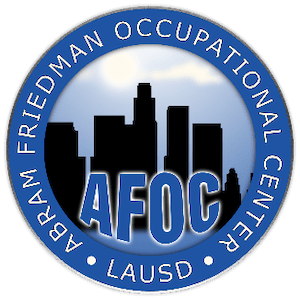ITST
Become an IT Support Technician! This competency-based course, Introduction to IT Support Technician (79-30-65), prepares students for entry-level positions with a comprehensive curriculum.
Topics Covered:
- Orientation and Safety: Learn the essential skills and safety regulations for the IT support field, including emergency procedures and classroom policies.
- Hardware Fundamentals: Understand the components of a personal computer, including identifying parts, ports, connectors, main system board, power supply, storage controllers, cables, RAM, ROM, and CPU. You'll also learn to dismantle and reassemble a PC.
- Electricity and Power: Explore the laws of electromagnetism and their relevance to computers, and learn about power conditioners, uninterruptible power supplies, surge suppressors, and preventive maintenance.
- Introduction to DOS: Gain knowledge of basic DOS commands, the difference between software and operating systems, BIOS and CMOS, and the POST and BOOT sequence.
- Main System Board: Understand the features and functions of the motherboard, including expansion slots, RAM banks, jumpers, and the differences between UEFI and BIOS.
- Hard Disk Drive (HDD) and Solid State Drive (SSD): Learn about drive capacity, physical and logical drives, fragmentation, disk compression, encryption, caching, and data transfer rates.
- Installing HDD: Master the physical installation of HDDs, BIOS configuration, low-level formatting, partitioning, and troubleshooting.
- Memory: Discover the features and functions of PC memory, including primary and secondary memory, Dynamic and Static RAM, caching memory, and memory speeds.
- Monitors: Understand monitor features and functions, such as pixels, native resolution, refresh rates, and various resolutions.
- Peripherals: Learn installation and troubleshooting of various PC peripherals like scanners, printers, webcams, microphones, headsets, Bluetooth speakers, NIC cards, and wireless devices.
- Basic Networking: Grasp fundamental networking concepts including the internet, intranet, browser, ISP, IP address, URL, TCP/IP configuration, cable modems, SOHO routers, and wired/wireless networks.
- Windows Operating System (OS): Learn navigation and customization of Windows, including shortcut keys, files and folders, desktop customization, File Explorer, Start menu, taskbar, Control Panel, and Print Manager.
- Installation of Windows 10 or Later: Understand hardware requirements, installation processes, different versions, and troubleshooting installation problems.
- MAC Operating System (OS): Learn to install/uninstall MAC OS applications, boot from external drives, navigate the GUI, restore from images, and understand storage and file system formats.
- Chrome OS: Define Chrome OS, learn how to update it, understand its interaction with cloud and Google applications, connect to Wi-Fi, and perform a factory reset.
- Troubleshooting Skills: Develop logical problem-solving, research, and communication skills for PC diagnostics and troubleshooting, including understanding copyright laws and piracy.
- Employability Skills: Acquire essential skills for seeking employment in the computer technician field, such as resume design, job application completion, interview etiquette, and customer service. "

